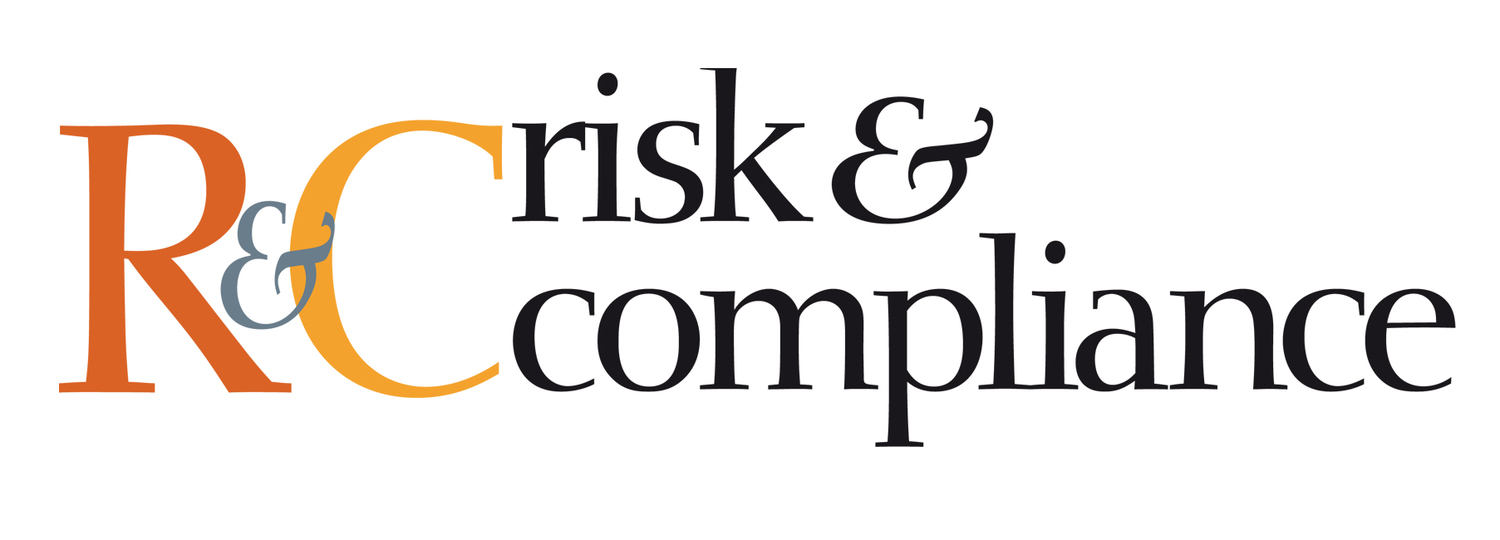AI THREAT LANDSCAPE – INTERPRETATION AND READINESS
Artificial intelligence (AI) is no longer a confined, technical tool operating in isolated environments. With the rise of general purpose AI, especially generative AI, it is important to connect the dots. AI has evolved from a futuristic concept to a crucial part of daily life, driving systems like smartphones, homes, hospitals and transportation. This silent ubiquity means AI is no longer a tool; it is a system-level collaborator. AI is no longer emerging; it is everywhere, reshaping the world invisibly, but profoundly.
AI’s ability to learn, adapt and automate has revolutionised technology interactions, making it a key collaborator embedded in operational processes, decision-making processes and infrastructure. However, AI applications and processes also introduce new classes of threats that can impact security, privacy, fairness and even societal stability. These threats range from bias and hallucinations to systemic autonomy failures and synthetic disinformation, which are often invisible, fast-moving and hard to contain.
This article provides a perspective on where AI threats originate, how they impact different industries, what safeguards are essential and how organisations can prepare to navigate this complex terrain.
Origin: where do AI risks begin?
AI risks stem from foundational risk themes. Latent triggers built into algorithms, data and their deployment logic include the following: (i) accuracy and hallucination, which refers to incorrect or fabricated outputs (such as wrong medical advice); (ii) bias and discrimination, which refers to unequal outcomes due to skewed data or proxies; (iii) explainability and transparency, which refers to opaque decision making that erodes trust; (iv) privacy and IP risk, which refers to data misuse, re-identification and unauthorised model training; (v) security, which refers to adversarial prompts, data poisoning and prompt injections; and (vi) alignment and control, which refers to systems that act beyond or against intended goals.

